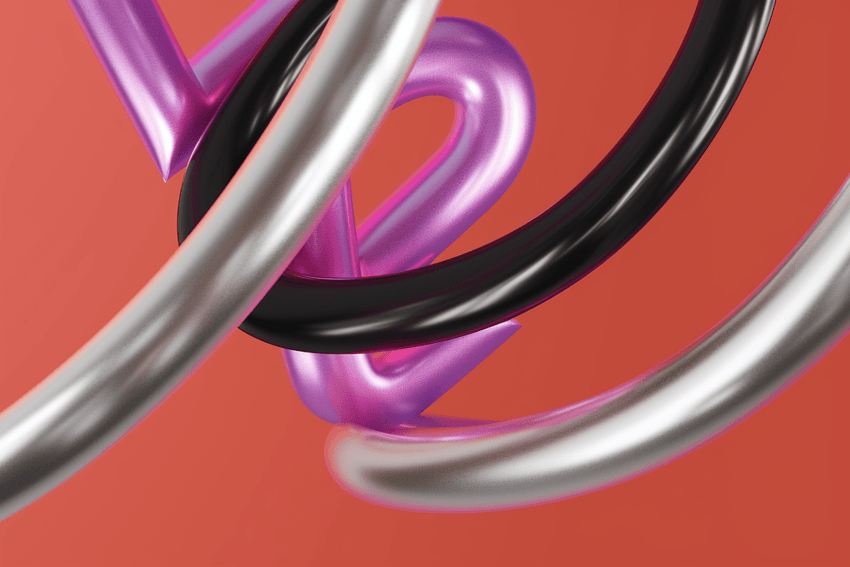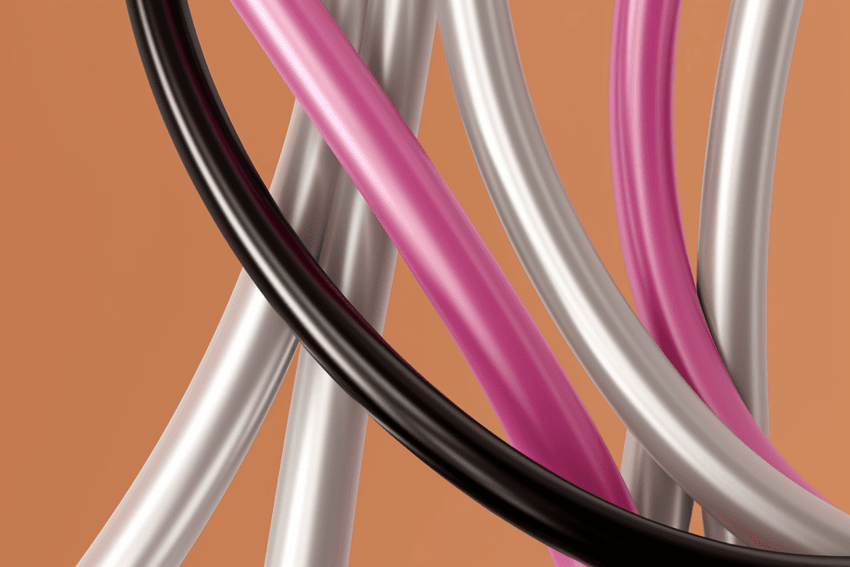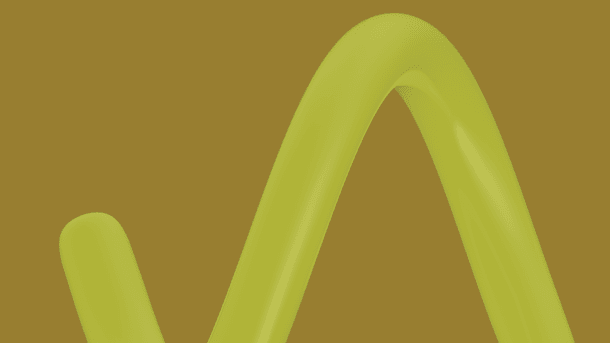As designers, we all know the importance of creativity and technical expertise. However, the creative industry is fiercely competitive and fast-evolving. You surely need more than just an eye for aesthetics, and even novice designers are now expected to have "hard skills" like knowing html/css and using motion design.
That's why today I want to share with you some commonly overlooked skills that will help you become a better designer. Since they are not taught in design school, a beginner may not even think to work on them, but l've found them to be crucial in the industry.
These are for sure subjective, but here are my top four that I believe every designer should work on: empathy, communication, critical thinking, and research skills.
Empathy
Design is made by people, for people. It’s more than just creating something aesthetically pleasing — it's about solving problems and meeting the needs of those who will be using it. But in order to do that, designers need to have a skill that often goes untaught: empathy.
Empathy allows you to truly understand the needs of your audience. It means putting yourself in their shoes and to learn and predict how they think and feel. This will not only lead you to better design solutions but will also help you build relationships with clients and users.
However, empathy starts with yourself. It's important to respect your own time, values, and needs so that you can approach your work with clarity and understanding and cultivate empathy for others as well.

Communication
Ok, this one is pretty much universal and seems to be discussed more than others, but here are a few of my rules that will probably make your life as a designer much easier.
All designers (not just freelancers) need good communication skills.
But from experience, I know that not everyone can do it effortlessly. However, If you want to excel above mid-level, you have to be able to offer ideas and pitch your work with confidence. And that's just the start! If you're aiming for lead or senior positions, be ready to manage design teams AND effectively communicate with clients simultaneously
Stay in constant contact with the client.
I once heard designer, teacher, and Typomania festival organiser Alexander Vasin say, Working on a project is 70% conversations with the client and 30% design. It's true, the more trust you have with your client, the better the end result will be.
Communication should be transparent.
It is important the client always understands what you are working on. This is a basic rule of service. It also works in the opposite direction — if something is unclear, do not be afraid to ask the client about it. After all, the result he gets from you depends on it.
Don't drag out the time between presentations.
Showing three pencil sketches of a logo is better than attempting to draw them all at once in a vector. Worst case scenario, the client will reject all of your sketches, and you'll have to start over with new logos. You'll end up making two presentations in the same amount of time it would have taken to make three vector logos.

Critical thinking
As designers, we are often presented with poorly defined problems that require our interpretation and insight. That’s when being able to understand the root issue and offer a relevant solution comes into play.
Imagine (if this has not already happened to you) that you are asked to design a brand book for a company that doesn't even yet have a logo. In this case, the client most likely confuses a brand book with a visual identity, and the company just needs the most basic set of logo, corporate font, and color palette. The guidelines for using such a system can be explained in a brief presentation with several slides.
So, sometimes, it's up to us to educate and guide our clients towards what they need, even if they may not realize it at first.

Erudition and Research Skills
Design is a super profession. We have the privilege of working with clients from different industries, each with their own unique quirks and challenges. Diving into a client's world can be both interesting and useful. So, whether you’re working in tech, social media or the public sector, taking the time to study the specific nuances of each field will help you find a common language and create designs tailored to the client’s needs.
But how do you bridge the gap and truly understand your client's business? It is impossible to know everything, so it’s better to take an interest in the areas in which you would like to work:
- For those passionate about the cultural sector**, explore literature, theater, and film to produce designs that have an impact. Keep up with both classic and modern works, so when a curator asks you for the identity of an art biennial, you'll be able to carry on a conversation and, more importantly, create designs that can hook people in the art world.
- If you hope to work with startups**, you need to have a solid understanding of business operations, venture capital investments, and enigmatic start-up lingo like MVP, LTV, and CTR. Thankfully, there are resources out there to help you. If you want to find out more, I highly recommend this article on the most common start-up jargon.
Thank you for reading! I hope this gives you some ideas on areas where you can focus your attention, especially if you're just starting out in the design world. And for all you seasoned designers out there, let's hear it — what are some of your secret skills that haven't been talked about? Let's share our insights and keep the conversation going in the comments.



